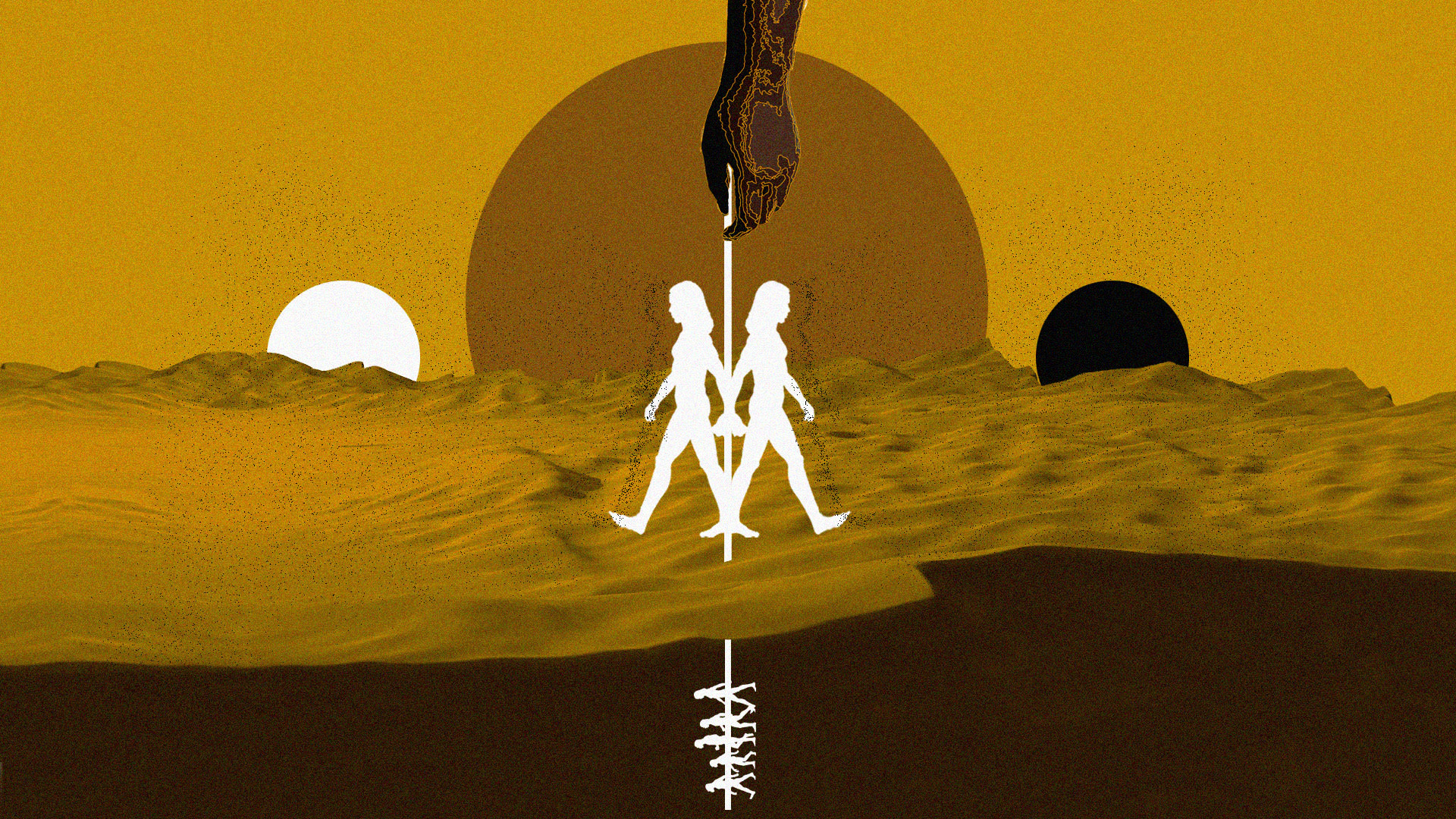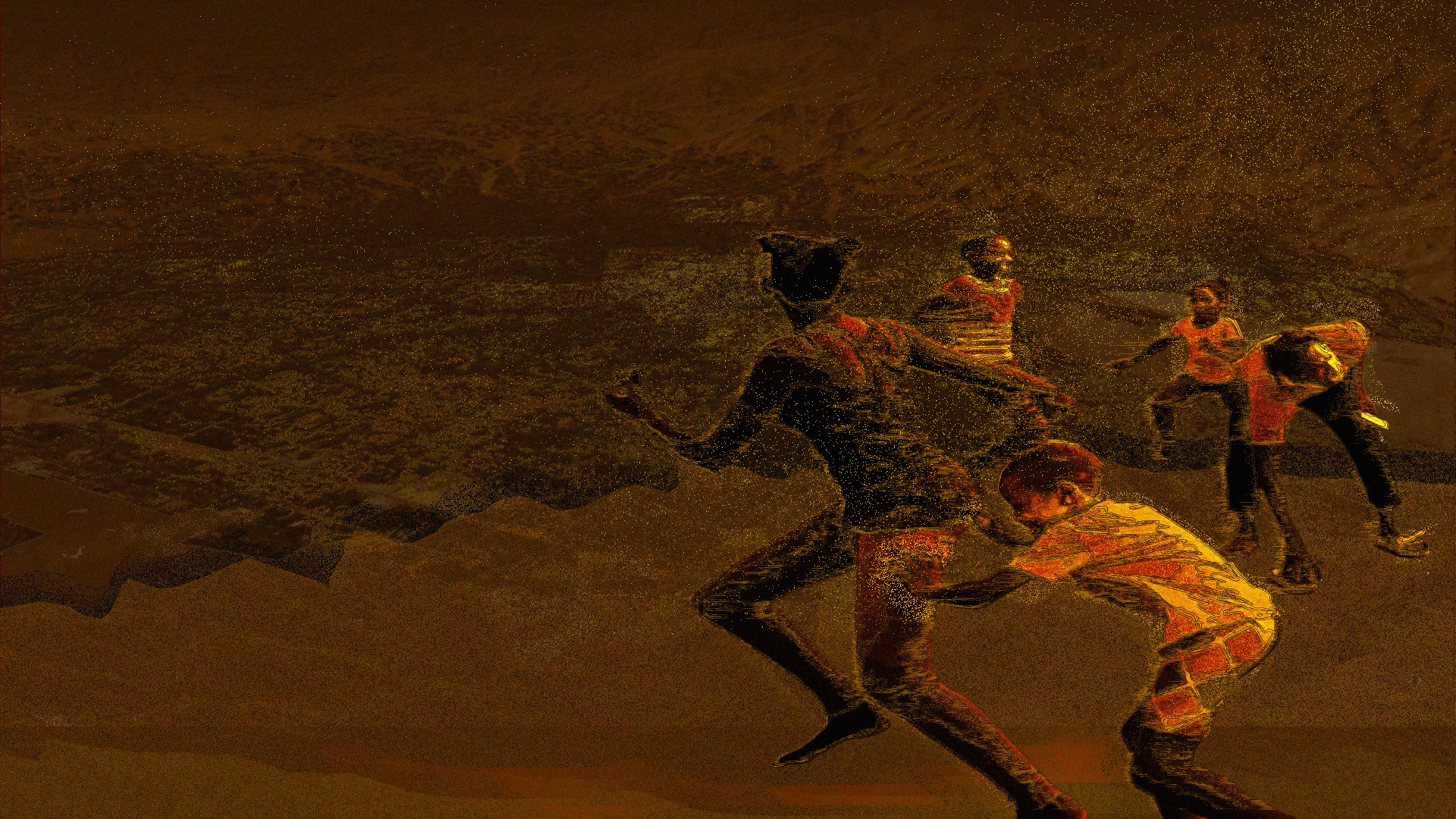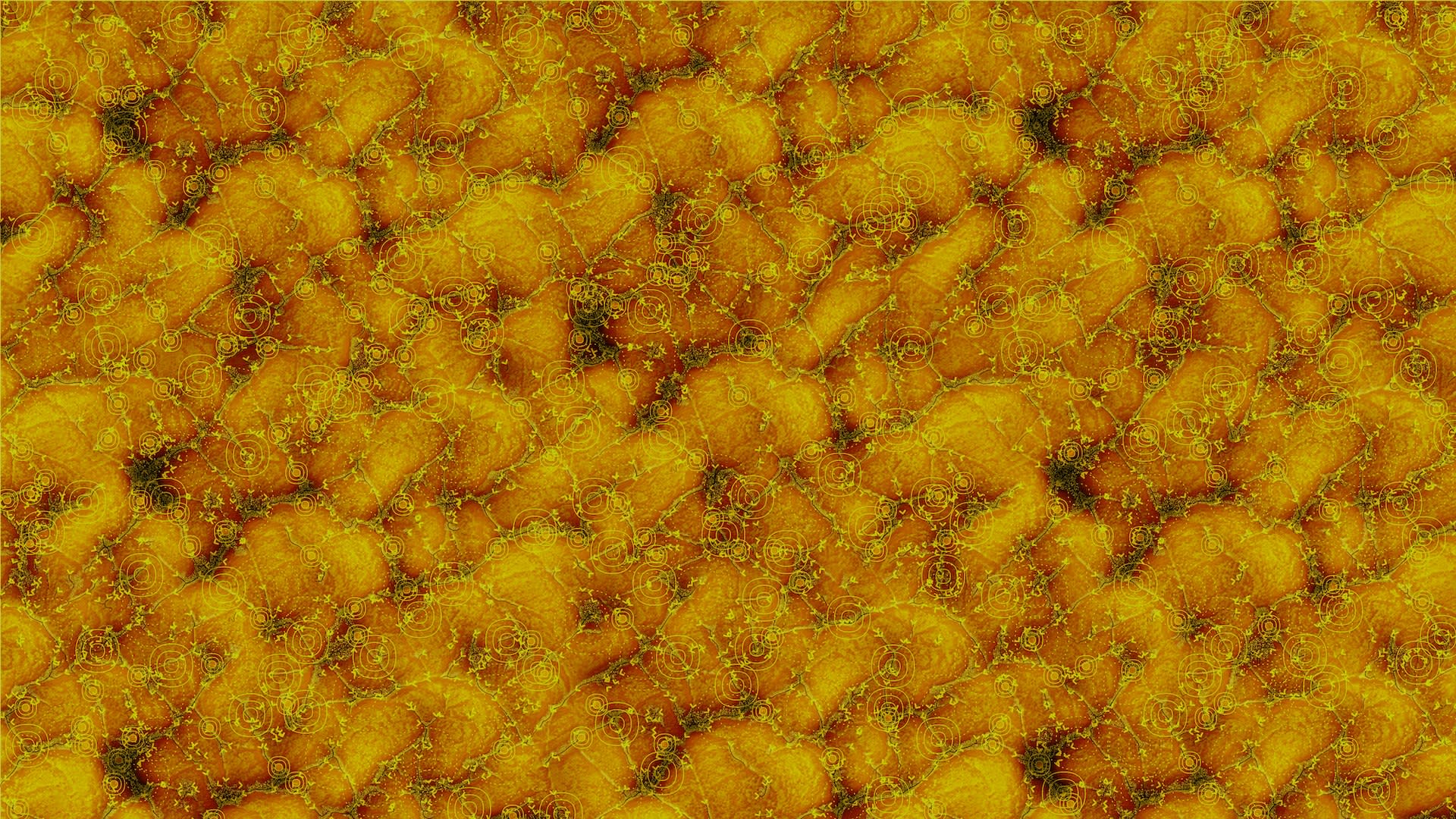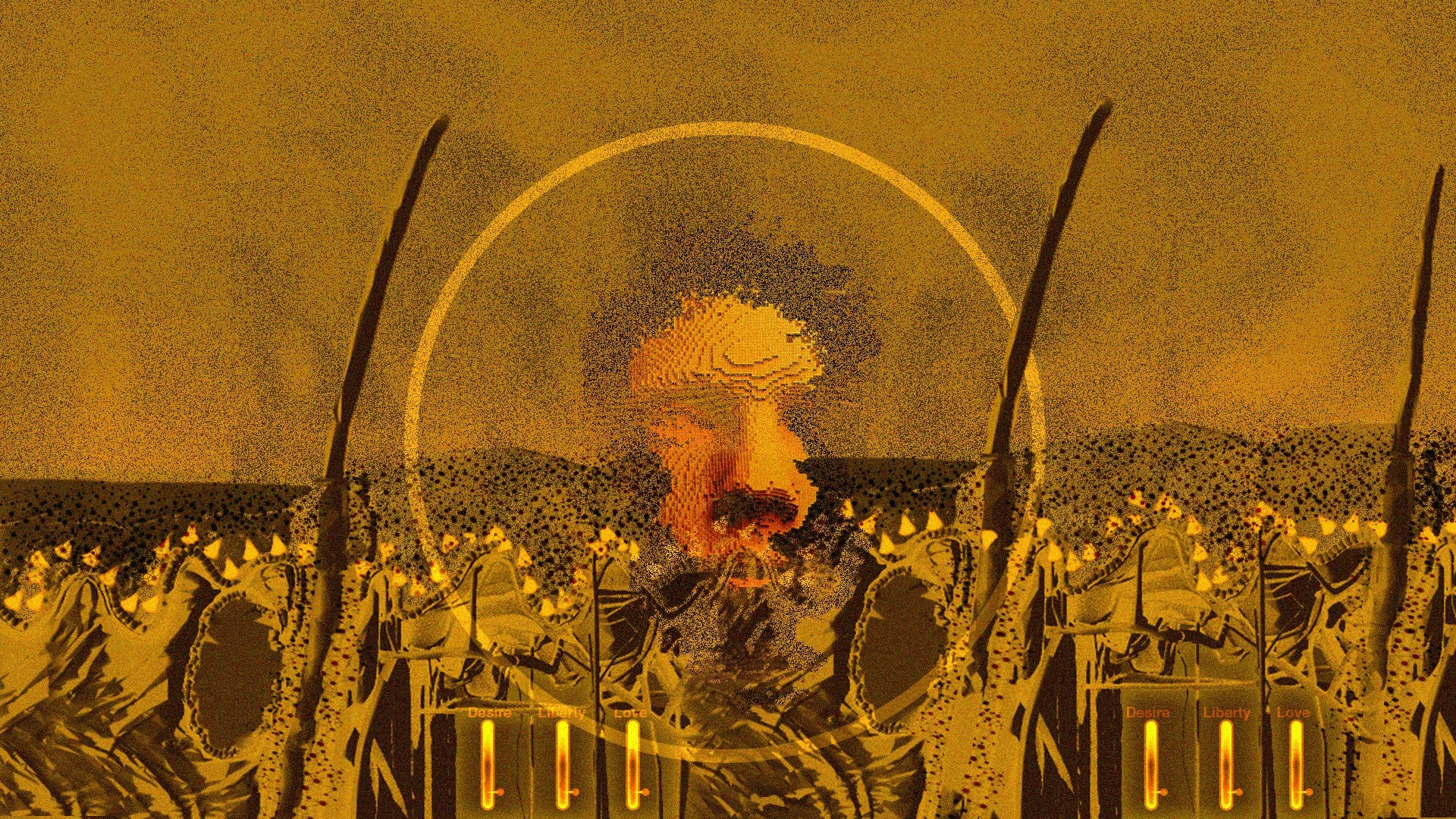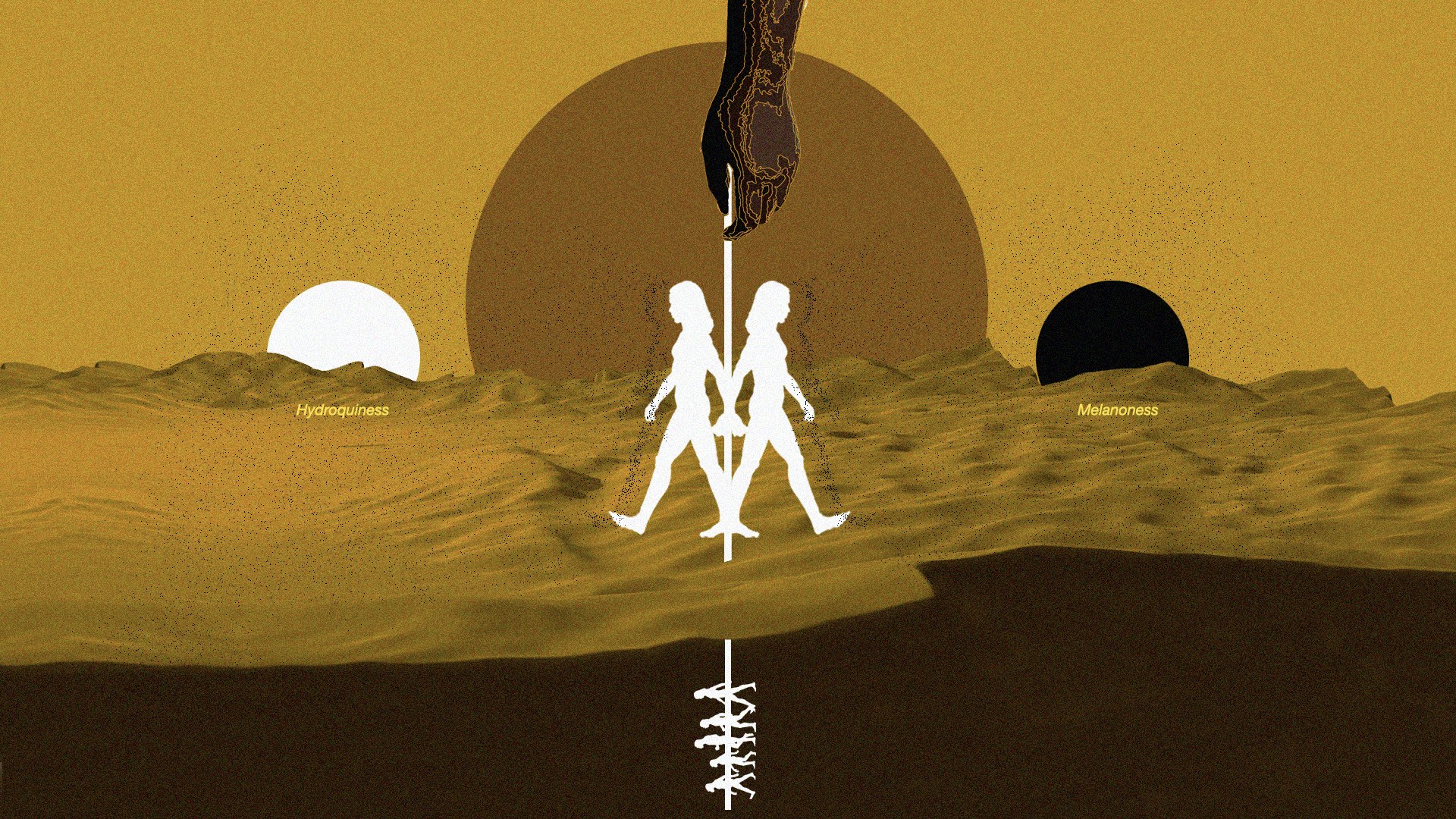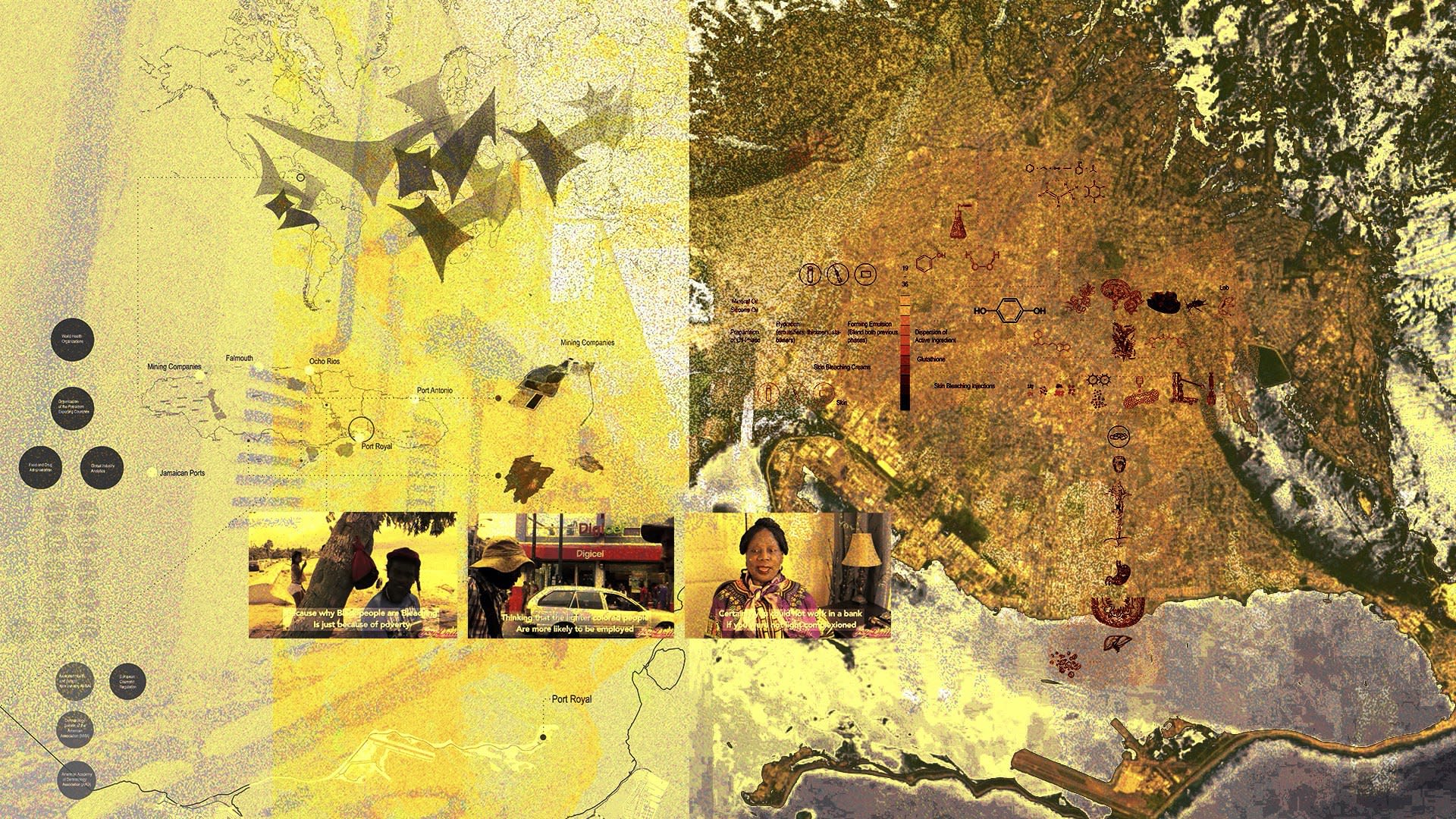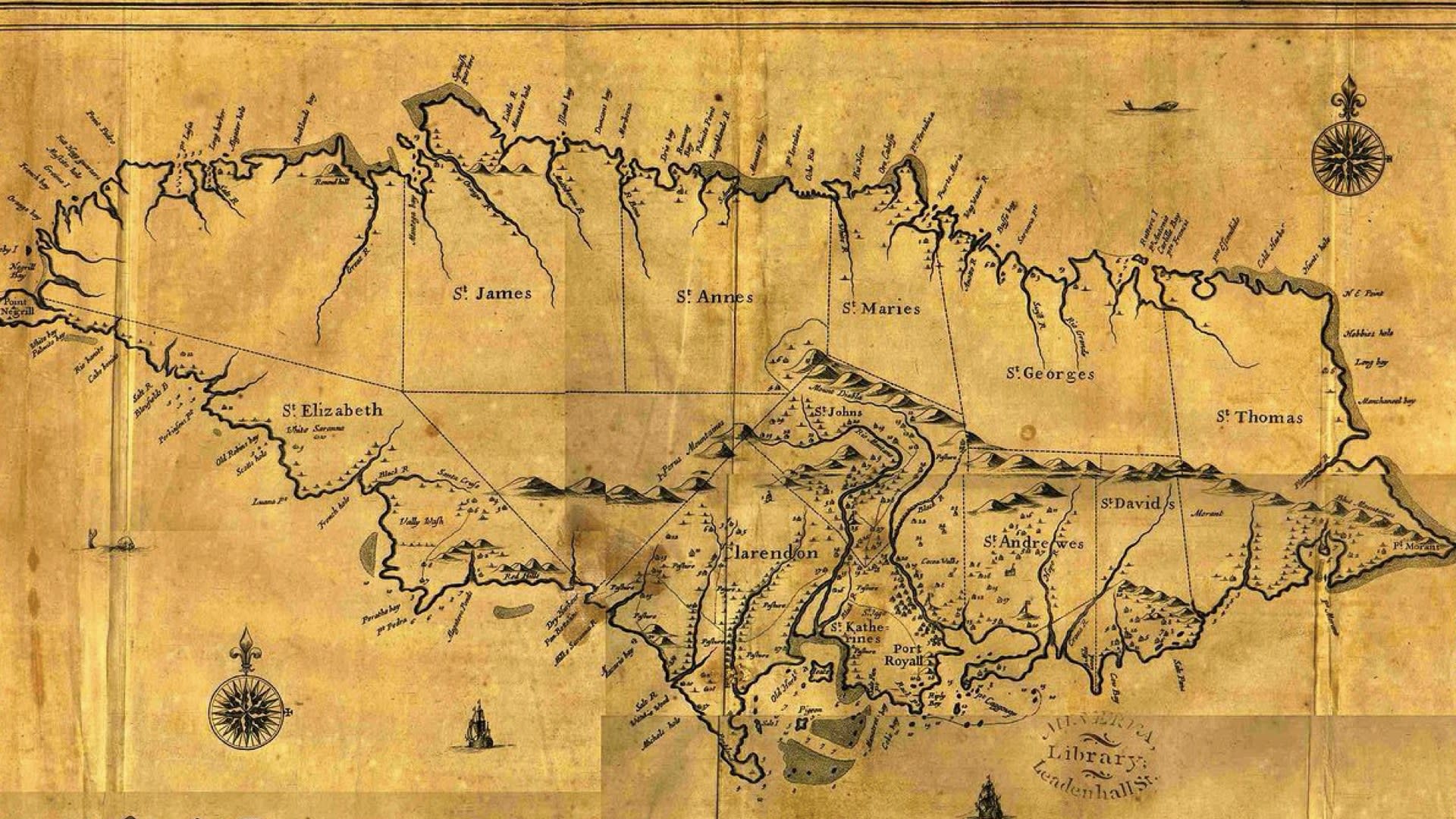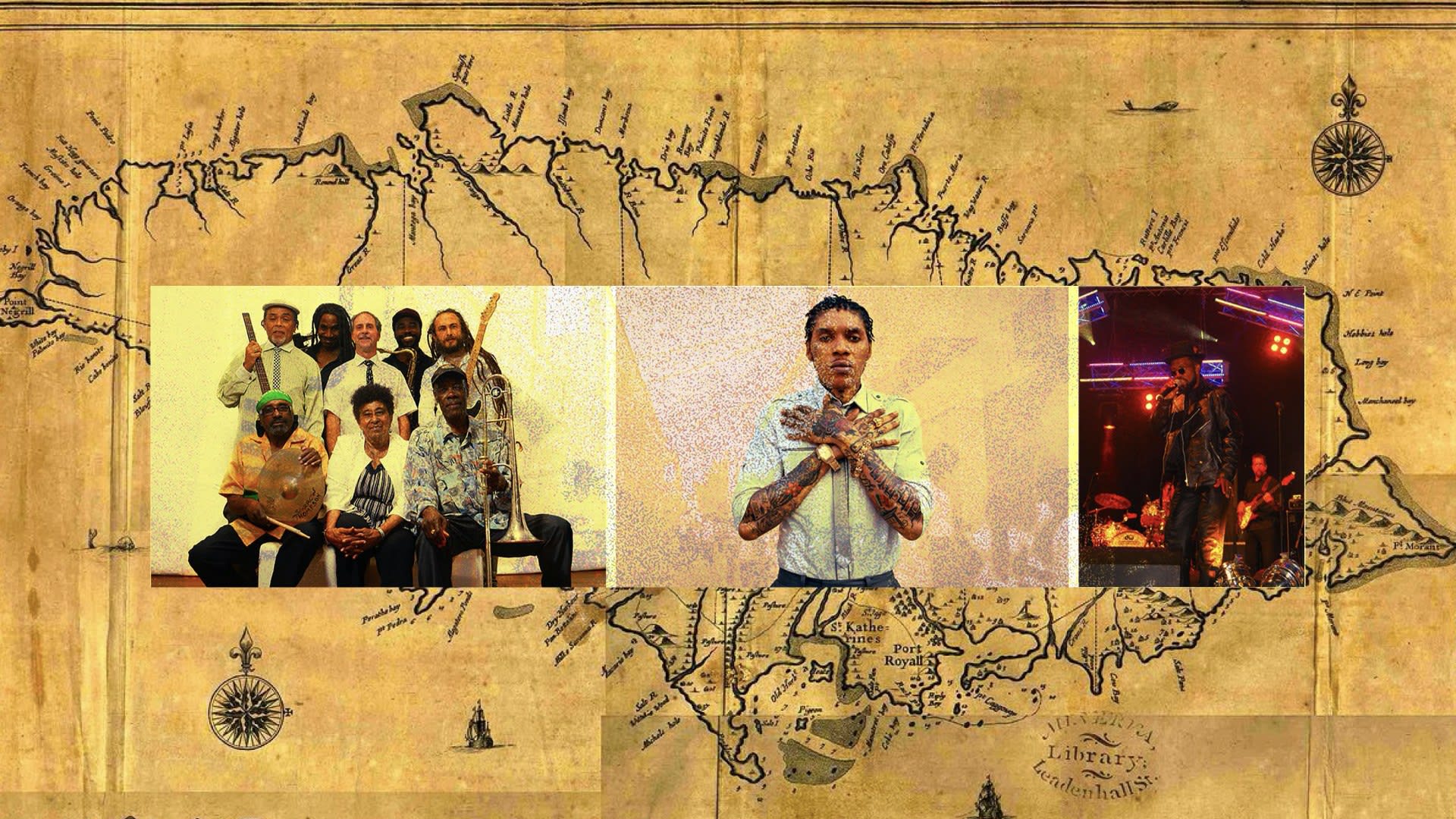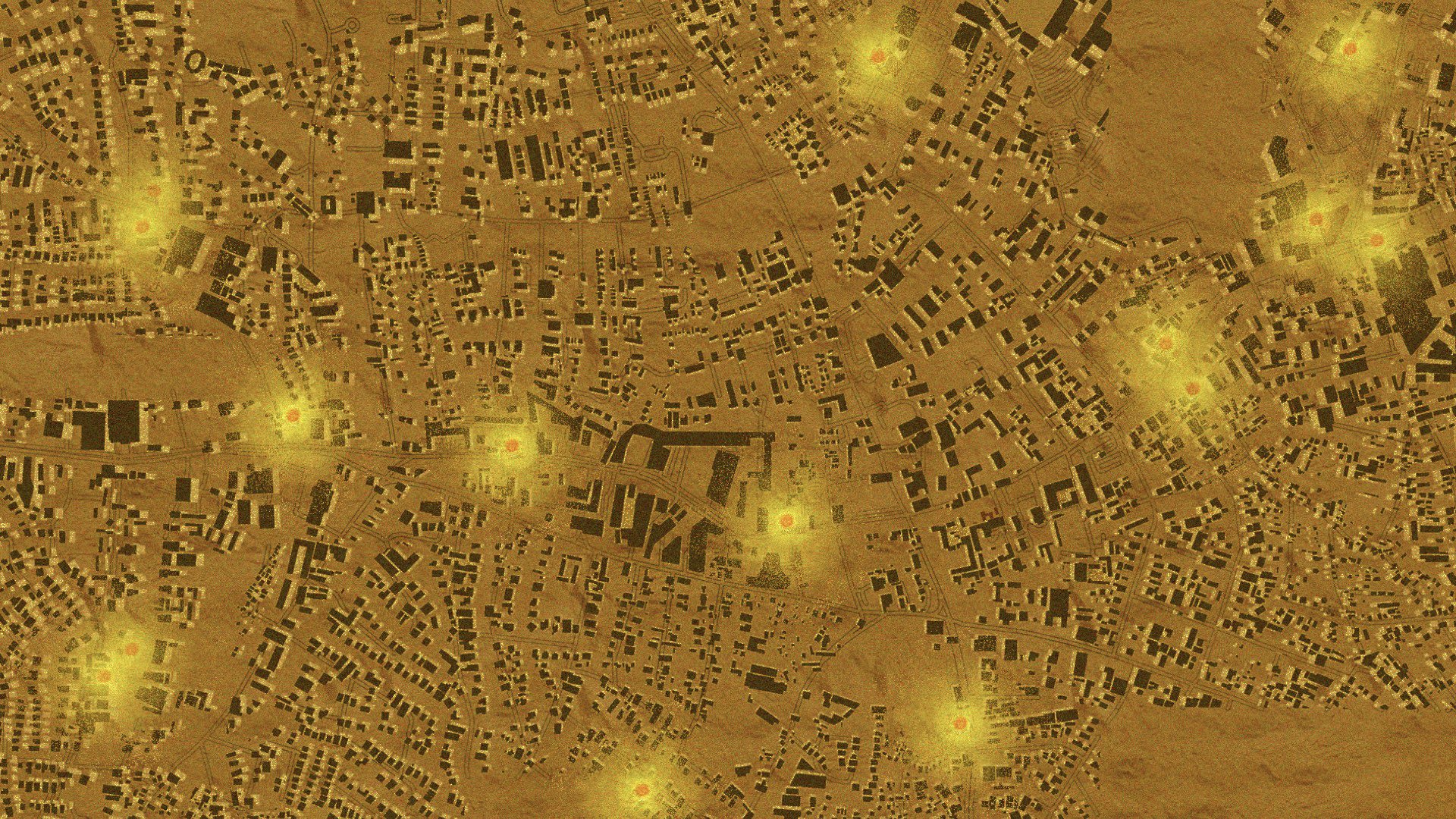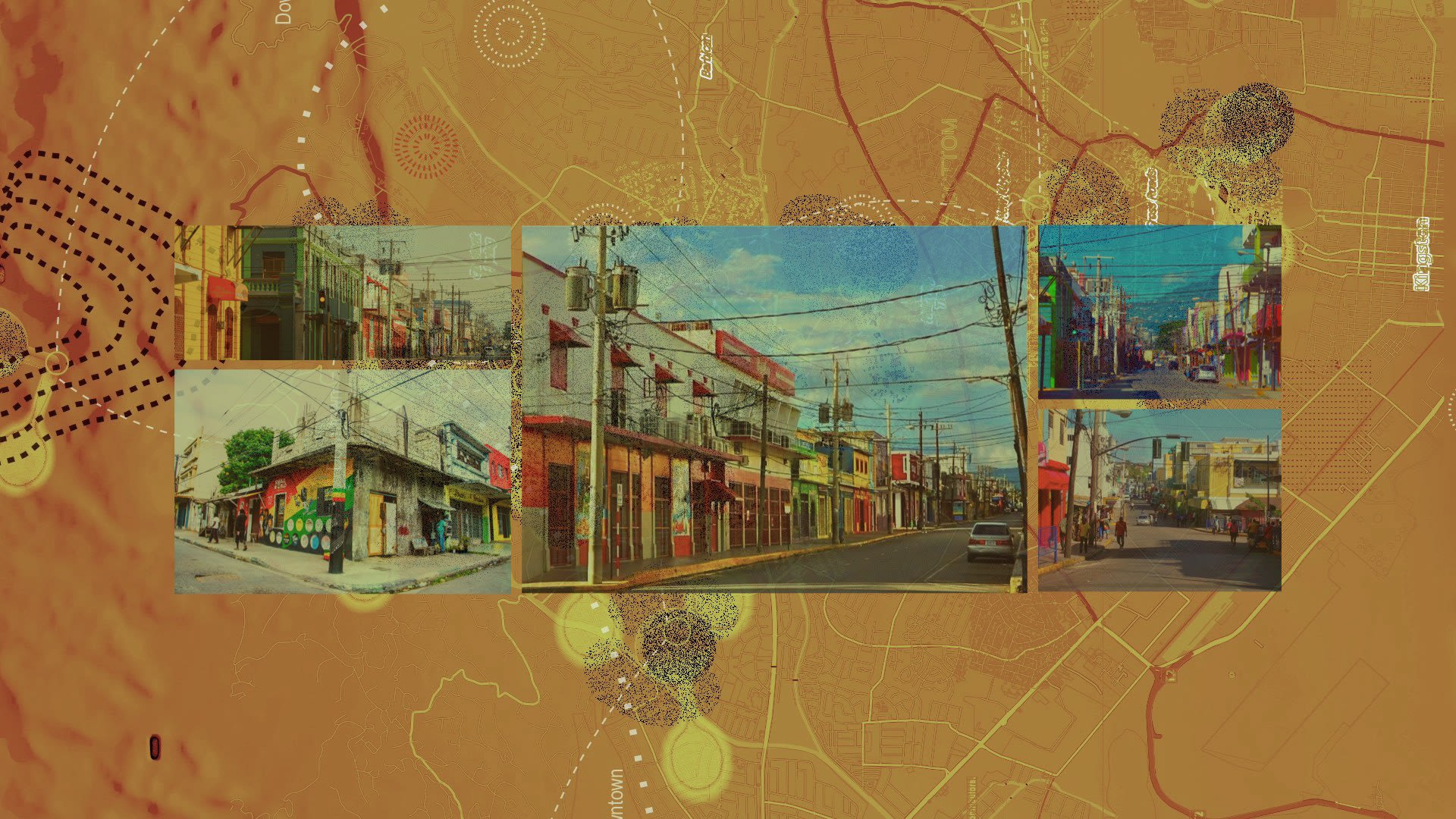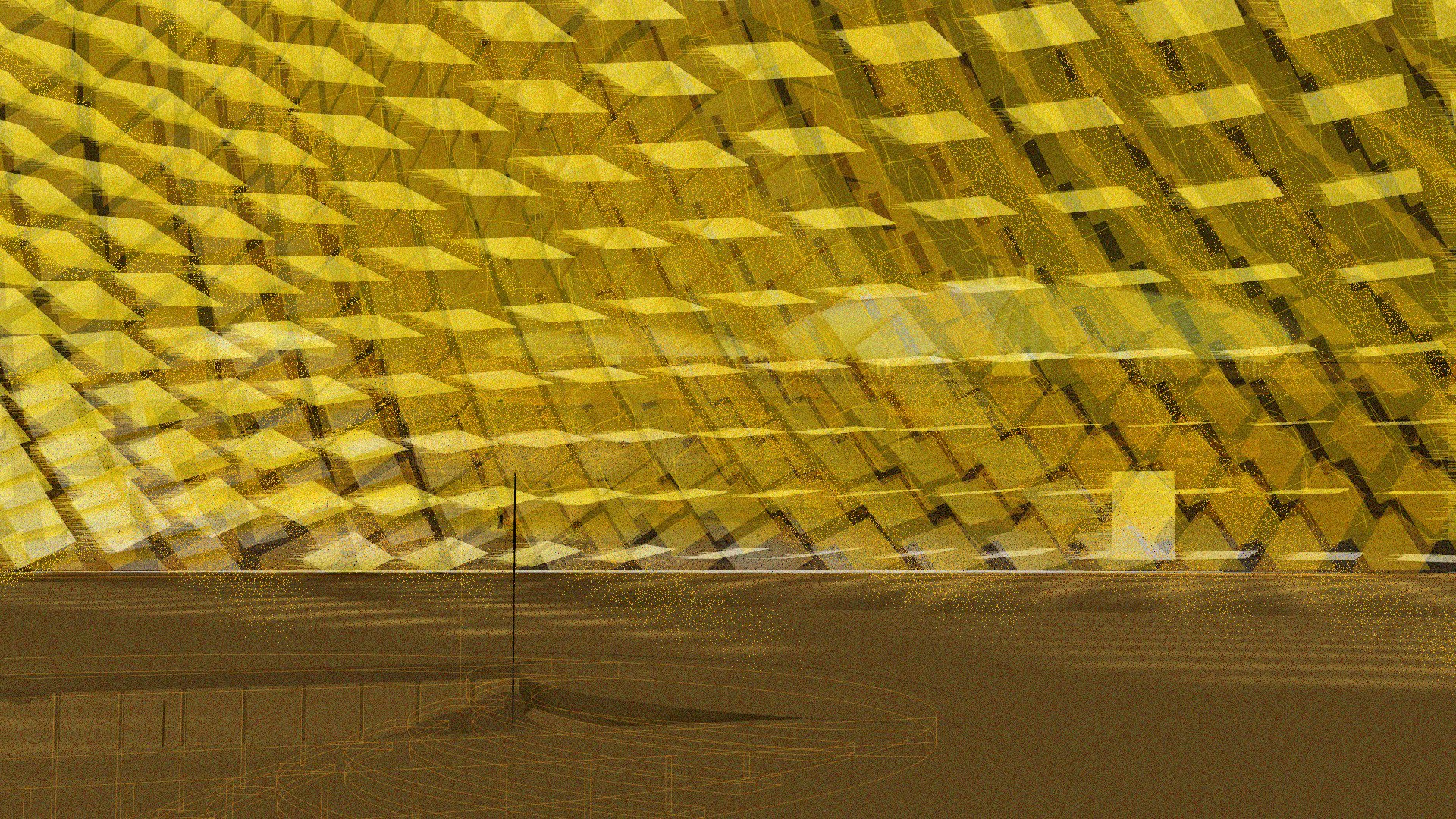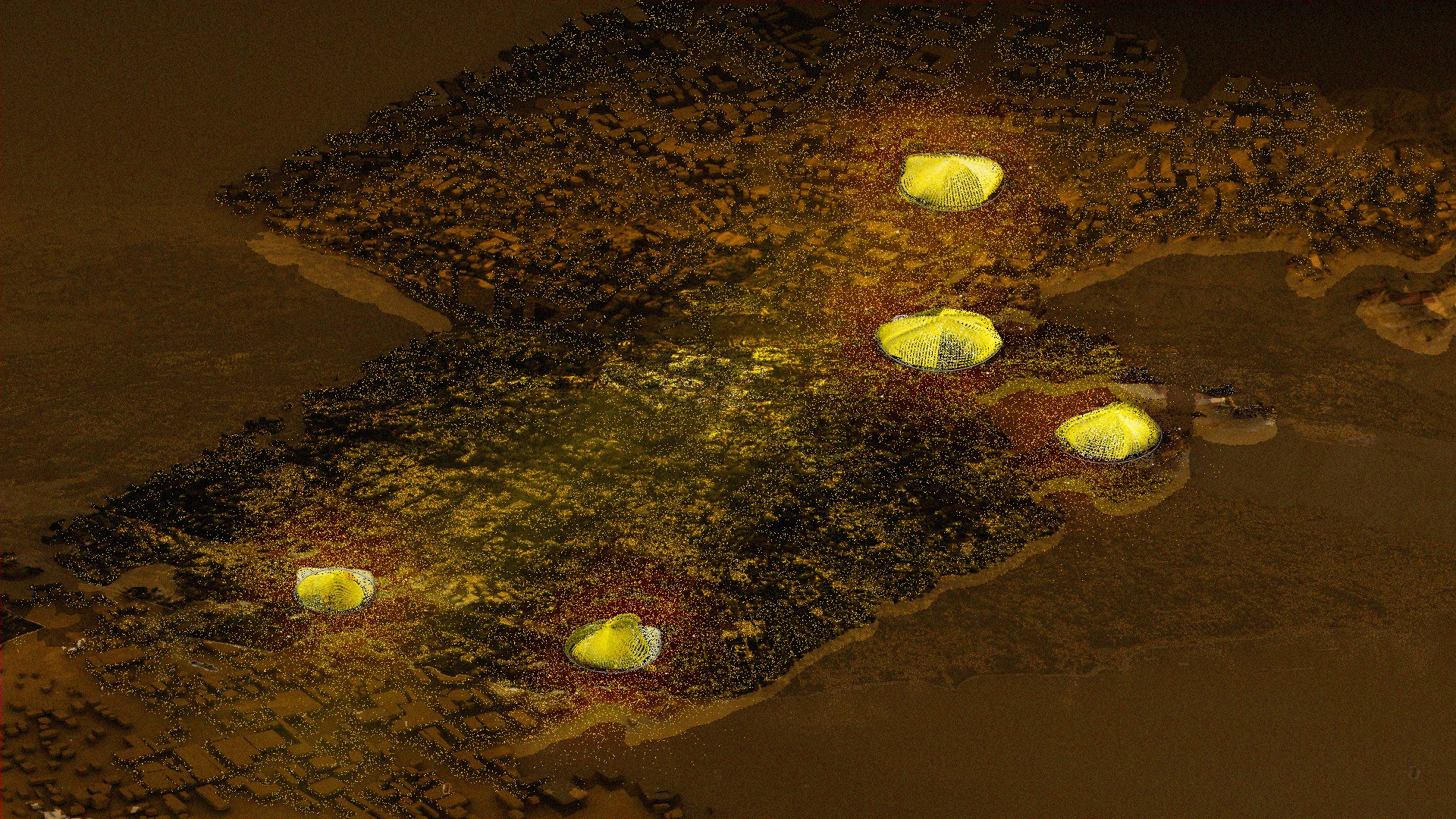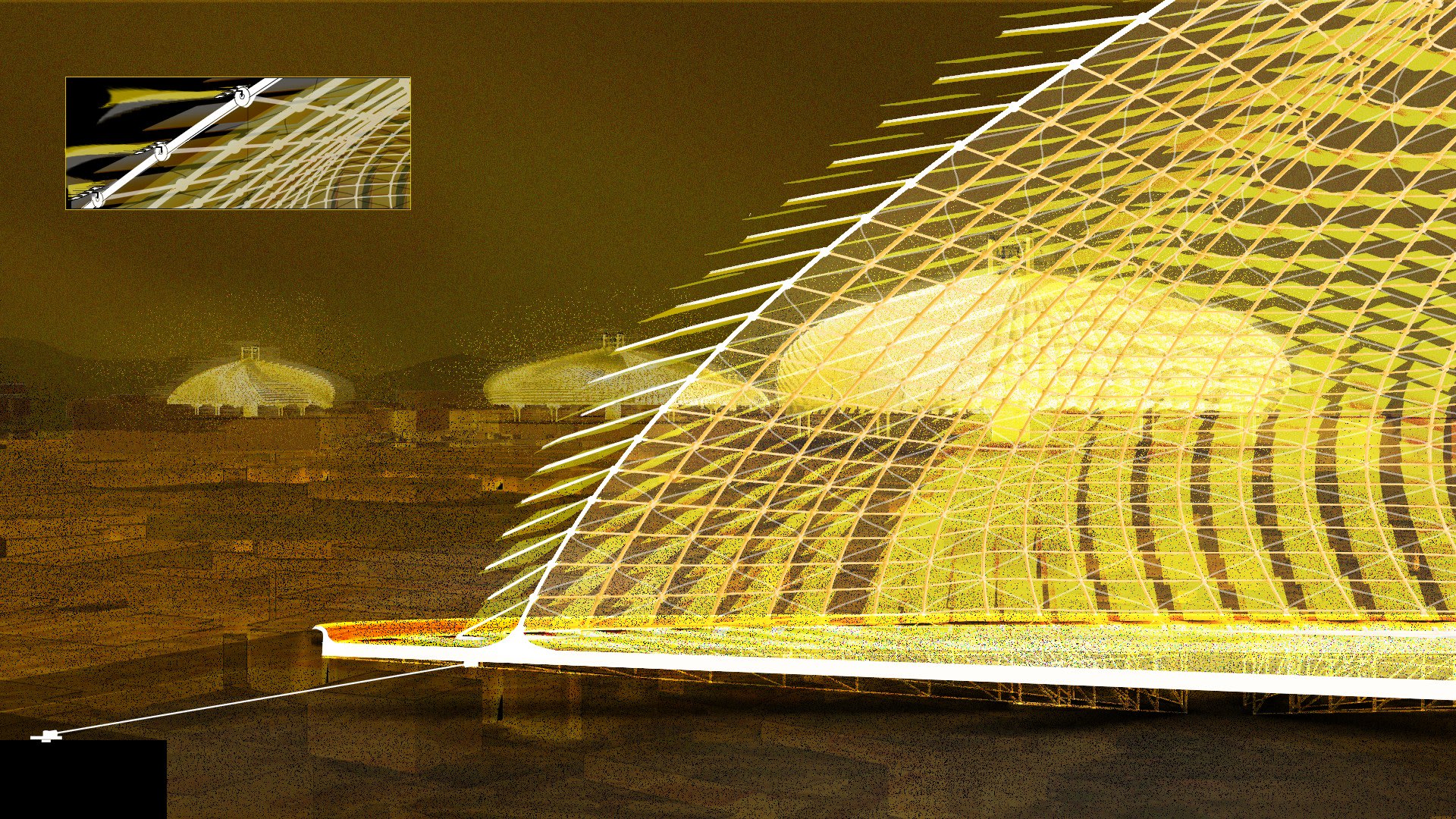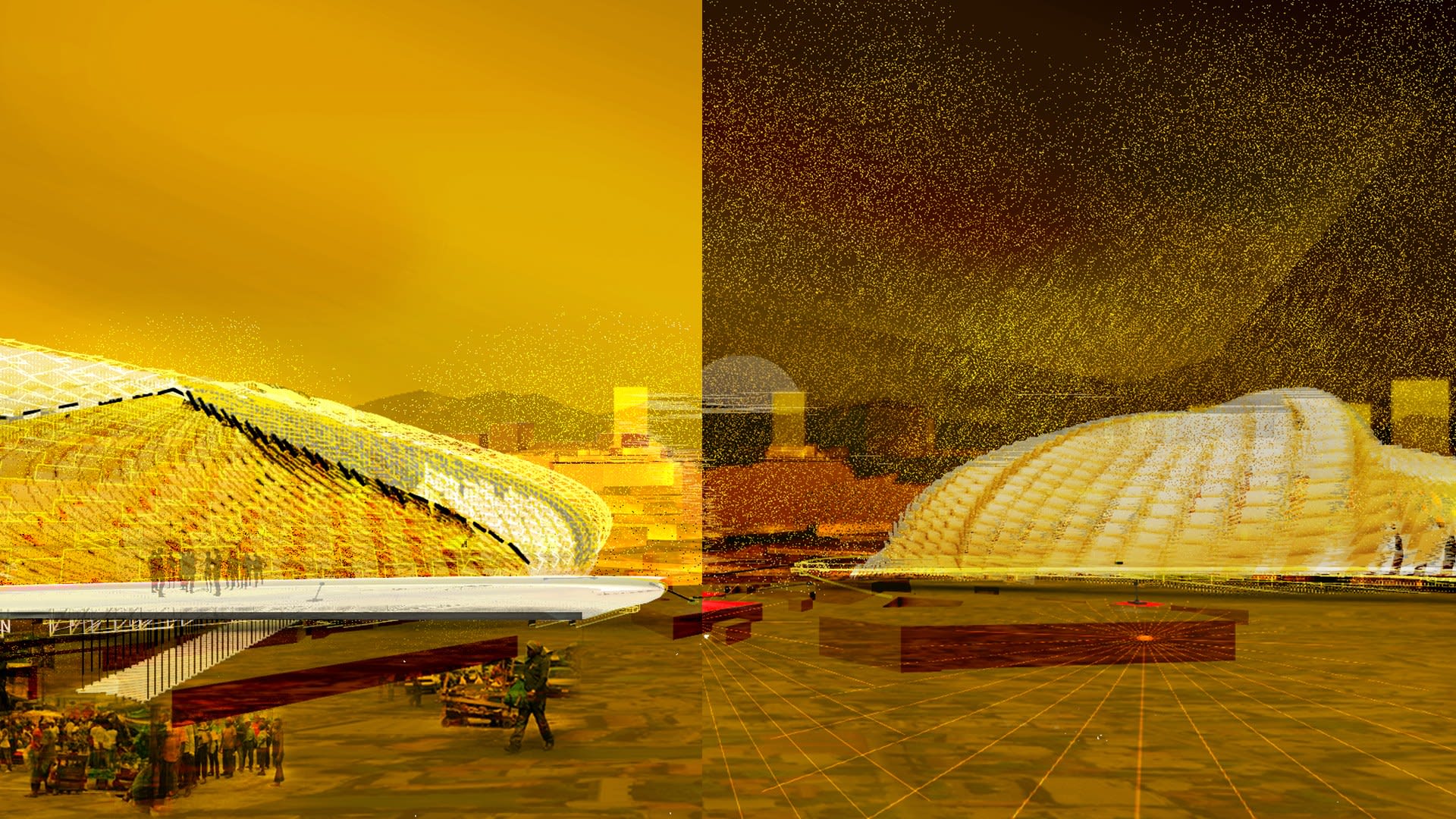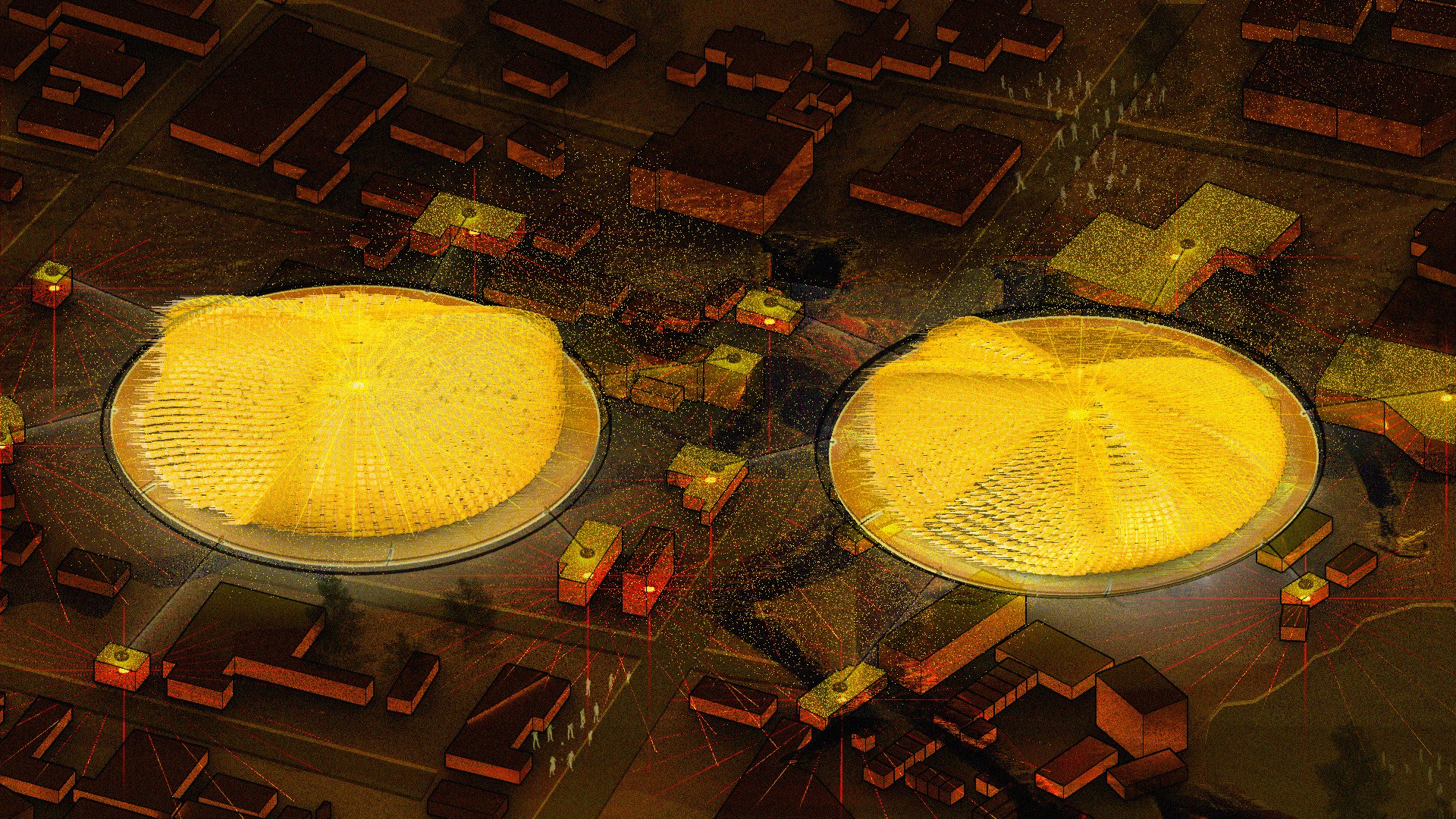Wilza is a Guinean architectural assistant and researcher born in Lisbon, currently based in East London. Most of her interests include curation, graphic design, and architectural research. She previously worked at Wilkinson Eyre, Kengo Kuma and Associates, and 5Plus Architects.
Wilza's goal for this year is to further delve into the conversation of spatial phenomena, its relationship with societal discourses, more specifically with systemic discrimination of urban structures and the processes of decolonisation. Her experiences of travelling through different countries of Europe, Africa, and SouthEast Asia have shaped many of the questions surrounding this topic. Additionally, whilst studying at the RCA, her current investigations are also towards a journey of self-discovery, further researching into discourses that affect her as a Black woman.
Her project this year uses hydroquinone, a toxic substance found in most skin-lightening products, as a gateway into discourses of Race, Urbanism and Architecture in Kingston, Jamaica. By envisioning better Black futures, “Blackness in the Afterlife” suggests progressive types of landscapes and phenomenological architectures, as well as an era where Blackness is the way of living, the way towards Freedom, a state of rebellion against colonised ideologies.
